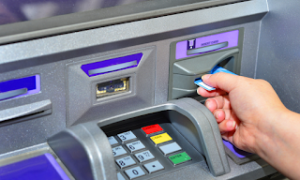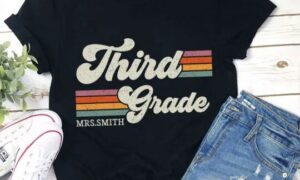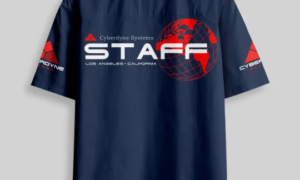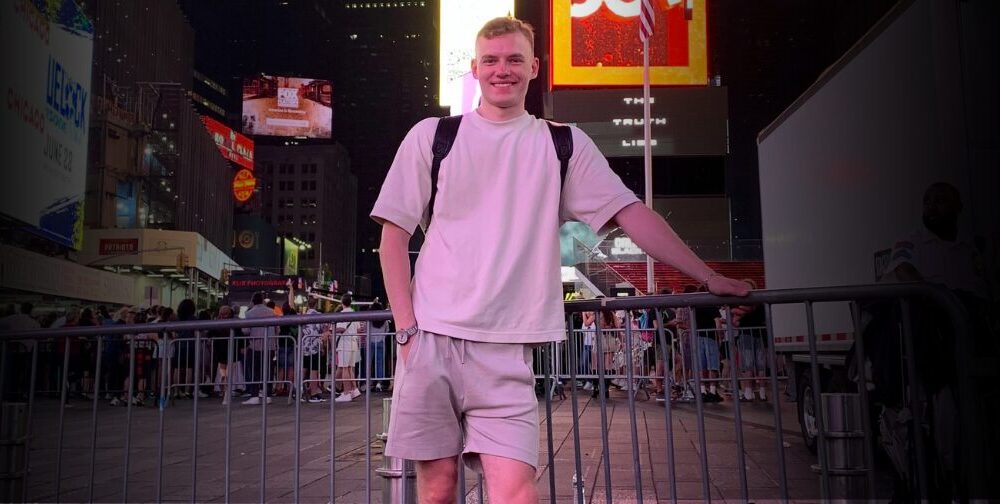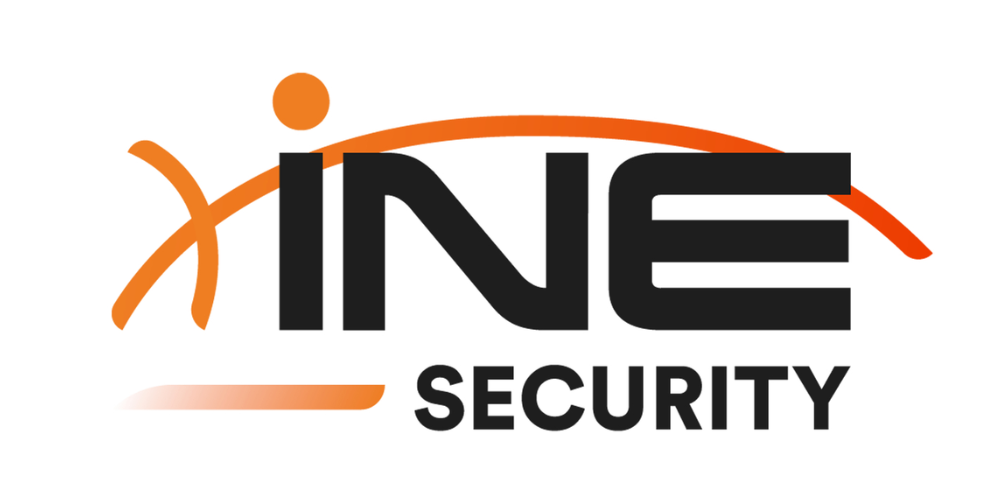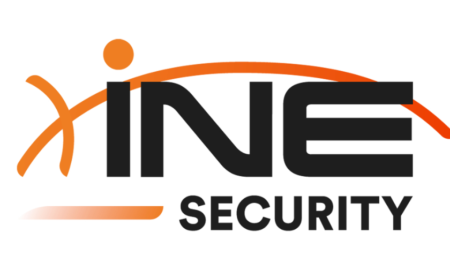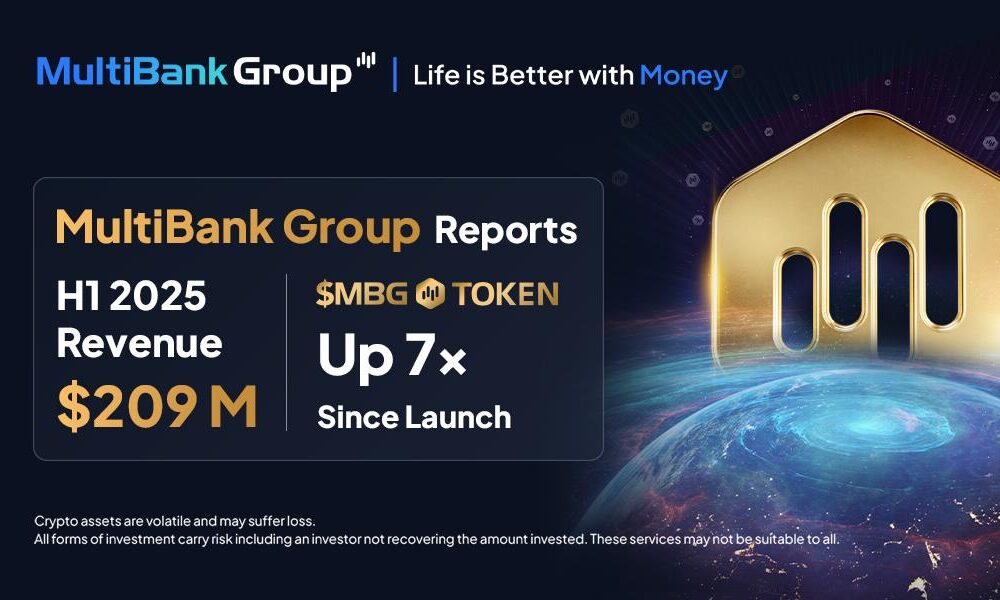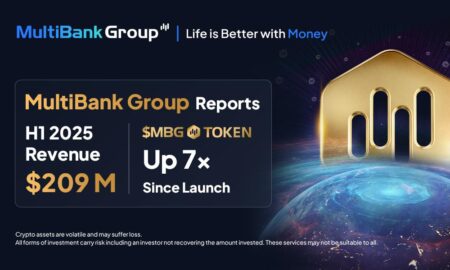Surprise‑based e‑commerce is no longer a fringe curiosity—it is a multibillion‑dollar engine of digital retail. Independent forecasts peg the global blind‑box market at roughly US $3.2 billion in 2024, on course to more than double to US $7.5 billion by 2033 as shoppers embrace the thrill of unboxing combined with tangible product value. Even faster growth is expected online: the digital mystery‑box segment is projected to rocket from US $2.5 billion in 2023 to about US $12 billion by 2032, a compound rate near 19% per year.
That expansion is powered by platforms that put transparency and real‑world value at the center of the experience. Supabox.com leads this new wave by showing every potential prize up front and guaranteeing a floor value better than competitors—reducing the variance significantly. Adding a second layer of trust, Unpacked.gg monitors mystery box performance in real time and publishes independent analytics on item values and redemption trends.
Together they illustrate how mystery‑box commerce is evolving into an accountable, user‑first category—reshaping expectations across North America, Europe, South Africa and beyond.
The Mystery Box Boom – From Niche Novelty to Global Trend
What started as a quirky gimmick for hobby collectors has rapidly scaled into a recognised vertical of surprise‑based e‑commerce. Search‑engine data shows interest in “mystery box” purchases more than tripled between 2021 and 2024, with the sharpest spikes arriving whenever viral unboxing clips hit TikTok or YouTube. Analysts now treat blind boxes as a stand‑alone market segment rather than a subset of subscriptions—reflecting real consumer spend and repeat engagement.
A Revenue Curve That Mirrors Viral Culture
Independent research firms estimate that mystery‑box sales across the US, UK, Canada, Europe and South Africa reached roughly US $4.5–5 billion in 2024, more than double the regional total three years earlier. Growth leans heavily on digitally native platforms that can scale inventory and marketing globally—Supabox included—while brick‑and‑mortar retailers experiment with in‑store blind boxes to capture foot traffic.
Who’s Buying—and Why
- Repeat engagement: Market surveys cite ~40% of buyers making another purchase within 60 days, a sign the format delivers sustained entertainment value.
- Top‑grossing categories: electronics & gadgets (≈ 28%), limited‑edition streetwear & sneakers (≈ 19%), collectibles like vinyl figures and trading cards (≈ 15%).
- Primary decision drivers: 1) transparent prize pools, 2) the social‑sharing thrill of the reveal, and 3) a perceived opportunity to score high‑value items below retail price.
The data suggests consumers are no longer satisfied with luck alone—they expect documented fairness and real‑world value. That expectation paves the way for transparent, analytics‑backed players such as Supabox and review hubs like Unpacked.gg.
Challenges of the Old Model vs. New Transparency
Early mystery‑box websites relied heavily on scarcity hype and opaque mechanics. Shoppers saw only glossy promo photos and a price tag; odds were hidden, item quality varied wildly, and shipping could stretch into weeks. When boxes delivered low‑value trinkets, the experience felt less like shopping and more like a roll of the dice—fueling skepticism among regulators and consumer‑advocacy groups.
Pain points of the legacy model
- Hidden probabilities: Users had no way to verify how often top prizes actually shipped.
- Inconsistent floor value: Some boxes cost more than the resale worth of their common items, eroding trust.
- Minimal compliance: Age checks, KYC, and consumer‑protection safeguards were rare, inviting criticism that blind‑box commerce blurred into unregulated games of chance.
- Customer‑service gaps: Slow fulfilment and unresolved disputes amplified negative sentiment on social platforms.
The Transparency Pivot
New‑generation platforms have flipped that script by embedding fairness and data disclosure into the product itself:
- Visible prize pools & fixed odds — every potential item (and its probability) is listed before purchase, allowing informed decisions.
- Provably fair algorithms — cryptographic hashes or auditable RNG ensure each draw is unbiased.
- Floor‑value guarantees — boxes are priced so the lowest‑tier prize approaches the purchase cost, reframing the experience as value shopping rather than risk taking.
- Robust compliance — mandatory age/KYC checks and responsible‑use policies keep platforms on the right side of consumer‑protection law.
- Third‑party auditing — review hubs like Unpacked.gg publish real‑time drop data, holding box providers publicly accountable.
The result is a trust multiplier: shoppers still enjoy the dopamine rush of the reveal, but they do so knowing the process is verifiably fair and the worst‑case prize is still worth something tangible. This shift from opaque chance to transparent entertainment sets the stage for Supabox’s data‑centric model—and for mainstream acceptance of mystery boxes as a legitimate e‑commerce category.
Supabox – Disrupting Mystery Boxes with Fair Play and Compliance
Supabox positions itself as the “fair‑play” benchmark for online mystery boxes—an approach rooted in radical transparency and strong consumer‑protection standards. Every feature, from how boxes are priced to how prizes are redeemed, is engineered to remove doubt and maximise user confidence.
Guaranteed Value and Visible Prizes
Supabox lists every potential item in a box before purchase, along with its retail value and the exact percentage chance of appearing. That disclosure means shoppers can check whether the minimum prize aligns with their budget before committing. In practice, the floor value of a Supabox sits within 85–95% of the box price, so even the most common items still hold tangible worth. The platform’s live “What’s Inside” gallery updates in real time as prizes ship, giving a clear picture of current stock and recent wins. If users don’t love a revealed item, they can trade it back for SupaGold—an on‑site credit system (not cryptocurrency) that can be applied instantly to another box or saved for later.
Safety, Compliance & Trust
Supabox bakes compliance into the onboarding flow. Age verification and KYC checks are mandatory before users can redeem physical items, ensuring adherence to regional consumer‑protection laws in the US, UK, Canada, Europe and South Africa. All draws run through a provably fair random number generator—publicly logged via cryptographic hash—so anyone can audit the outcome’s integrity. For fulfillment, Supabox works with verified retail partners and tracked shipping services, keeping delivery times short and providing end‑to‑end order visibility in the user dashboard. The customer‑support team is available 24/7 via live chat and email, reinforcing the brand’s customer‑first ethos.
Supabox’s transparency, value guarantees and rigorous compliance framework illustrate how the company is reshaping perceptions of blind‑box shopping—from a risky unknown into an entertainment‑driven, yet responsible, way to discover new tech and lifestyle products.
Independent Data & Auditing – Empowering Buyer Confidence
Even with stronger platform‑led transparency, shoppers still need an impartial scorekeeper. Today Unpacked.gg is the only third‑party mystery-box review hub converting live drop data into public dashboards that track prize pools, average return value and high‑tier wins.
Why it matters
- Independent proof: Regulators and savvy buyers want evidence beyond a platform’s own claims.
- Smarter choices: Side‑by‑side box stats help users pick value over hype.
By streaming Supabox’s live data to Unpacked.gg, the brand invites round‑the‑clock scrutiny—turning transparency into something anyone can verify and underscoring how much room remains for more neutral auditors in the sector.
Regional Outlook – Growth in US, Canada, Europe and Beyond
The appeal of transparent mystery‑box shopping is spreading rapidly across multiple continents, but adoption patterns vary by market.
United States – Ground Zero for Scale
With a mature e‑commerce infrastructure and an enormous social‑media audience, the US accounts for roughly 45% of global digital mystery‑box revenue. Platforms report month‑over‑month traffic growth topping 12% during 2024–25, driven largely by electronics‑focused boxes and high‑value sneaker drops.
Canada – High Trust, High Engagement
Canada punches above its weight in repeat purchases: surveys indicate about 42% of Canadian buyers open at least two boxes per quarter, attracted by fast cross‑border shipping from US fulfillment hubs and a favourable exchange rate when prizes are valued in USD.
Europe – Diverse Demand, Unified Compliance
Continental Europe is a patchwork of preferences. Germany and France lean toward tech‑gadget boxes, while Spain and Italy see stronger uptake in streetwear and collectible figurines. EU‑wide consumer‑protection rules make KYC and clear probability disclosures mandatory; Supabox’s compliance‑first design fits neatly within this regulatory framework.
South Africa & Emerging Markets – New Growth Hubs
Though still a smaller slice of global volume, South Africa recorded a 60% year‑on‑year surge in mystery‑box search queries during 2024, signalling fresh demand. Other emerging regions—including Australia, New Zealand and parts of Latin America—are following suit as faster shipping and localized payment options lower the barriers to entry.
Conclusion – The Transparent Road Ahead
Mystery boxes are here to stay—but only operators that embed fairness, compliance and independent auditing will earn lasting trust. Supabox’s data‑first model, paired with third‑party validation from hubs like Unpacked.gg, demonstrates how the sector can fuse excitement with accountability and scale into a mainstream retail experience.
Frequently Asked Questions
How are the odds of each prize verified?
Supabox publishes fixed probabilities for every item before purchase and backs them with a provably fair RNG that anyone can audit via cryptographic hash.
What happens if I don’t like the item I unbox?
You can trade the prize back instantly for SupaGold—on‑site credit that can be used to open another box or saved for later.
How long does shipping take?
Most items ship within 48 hours and arrive in 3‑7 business days in the US and Canada; European deliveries average 5‑10 business days. All parcels include tracking.
Is age verification required?
Yes. Supabox completes a brief KYC check before users can redeem or ship physical items, ensuring compliance with regional consumer‑protection rules.
Mystery Box Market Boom: Transparency and Data Driving a Fair Unboxing Revolution
Surprise‑based e‑commerce is no longer a fringe curiosity—it is a multibillion‑dollar engine of digital retail. Independent forecasts peg the global blind‑box market at roughly US $3.2 billion in 2024, on course to more than double to US $7.5 billion by 2033 as shoppers embrace the thrill of unboxing combined with tangible product value. Even faster growth is expected online: the digital mystery‑box segment is projected to rocket from US $2.5 billion in 2023 to about US $12 billion by 2032, a compound rate near 19% per year.
That expansion is powered by platforms that put transparency and real‑world value at the center of the experience. Supabox.com leads this new wave by showing every potential prize up front and guaranteeing a floor value better than competitors—reducing the variance significantly. Adding a second layer of trust, Unpacked.gg monitors mystery box performance in real time and publishes independent analytics on item values and redemption trends.
Together they illustrate how mystery‑box commerce is evolving into an accountable, user‑first category—reshaping expectations across North America, Europe, South Africa and beyond.
The Mystery Box Boom – From Niche Novelty to Global Trend
What started as a quirky gimmick for hobby collectors has rapidly scaled into a recognised vertical of surprise‑based e‑commerce. Search‑engine data shows interest in “mystery box” purchases more than tripled between 2021 and 2024, with the sharpest spikes arriving whenever viral unboxing clips hit TikTok or YouTube. Analysts now treat blind boxes as a stand‑alone market segment rather than a subset of subscriptions—reflecting real consumer spend and repeat engagement.
A Revenue Curve That Mirrors Viral Culture
Independent research firms estimate that mystery‑box sales across the US, UK, Canada, Europe and South Africa reached roughly US $4.5–5 billion in 2024, more than double the regional total three years earlier. Growth leans heavily on digitally native platforms that can scale inventory and marketing globally—Supabox included—while brick‑and‑mortar retailers experiment with in‑store blind boxes to capture foot traffic.
Who’s Buying—and Why
- Repeat engagement: Market surveys cite ~40% of buyers making another purchase within 60 days, a sign the format delivers sustained entertainment value.
- Top‑grossing categories: electronics & gadgets (≈ 28%), limited‑edition streetwear & sneakers (≈ 19%), collectibles like vinyl figures and trading cards (≈ 15%).
- Primary decision drivers: 1) transparent prize pools, 2) the social‑sharing thrill of the reveal, and 3) a perceived opportunity to score high‑value items below retail price.
The data suggests consumers are no longer satisfied with luck alone—they expect documented fairness and real‑world value. That expectation paves the way for transparent, analytics‑backed players such as Supabox and review hubs like Unpacked.gg.
Challenges of the Old Model vs. New Transparency
Early mystery‑box websites relied heavily on scarcity hype and opaque mechanics. Shoppers saw only glossy promo photos and a price tag; odds were hidden, item quality varied wildly, and shipping could stretch into weeks. When boxes delivered low‑value trinkets, the experience felt less like shopping and more like a roll of the dice—fueling skepticism among regulators and consumer‑advocacy groups.
Pain points of the legacy model
- Hidden probabilities: Users had no way to verify how often top prizes actually shipped.
- Inconsistent floor value: Some boxes cost more than the resale worth of their common items, eroding trust.
- Minimal compliance: Age checks, KYC, and consumer‑protection safeguards were rare, inviting criticism that blind‑box commerce blurred into unregulated games of chance.
- Customer‑service gaps: Slow fulfilment and unresolved disputes amplified negative sentiment on social platforms.
The Transparency Pivot
New‑generation platforms have flipped that script by embedding fairness and data disclosure into the product itself:
- Visible prize pools & fixed odds — every potential item (and its probability) is listed before purchase, allowing informed decisions.
- Provably fair algorithms — cryptographic hashes or auditable RNG ensure each draw is unbiased.
- Floor‑value guarantees — boxes are priced so the lowest‑tier prize approaches the purchase cost, reframing the experience as value shopping rather than risk taking.
- Robust compliance — mandatory age/KYC checks and responsible‑use policies keep platforms on the right side of consumer‑protection law.
- Third‑party auditing — review hubs like Unpacked.gg publish real‑time drop data, holding box providers publicly accountable.
The result is a trust multiplier: shoppers still enjoy the dopamine rush of the reveal, but they do so knowing the process is verifiably fair and the worst‑case prize is still worth something tangible. This shift from opaque chance to transparent entertainment sets the stage for Supabox’s data‑centric model—and for mainstream acceptance of mystery boxes as a legitimate e‑commerce category.
Supabox – Disrupting Mystery Boxes with Fair Play and Compliance
Supabox positions itself as the “fair‑play” benchmark for online mystery boxes—an approach rooted in radical transparency and strong consumer‑protection standards. Every feature, from how boxes are priced to how prizes are redeemed, is engineered to remove doubt and maximise user confidence.
Guaranteed Value and Visible Prizes
Supabox lists every potential item in a box before purchase, along with its retail value and the exact percentage chance of appearing. That disclosure means shoppers can check whether the minimum prize aligns with their budget before committing. In practice, the floor value of a Supabox sits within 85–95% of the box price, so even the most common items still hold tangible worth. The platform’s live “What’s Inside” gallery updates in real time as prizes ship, giving a clear picture of current stock and recent wins. If users don’t love a revealed item, they can trade it back for SupaGold—an on‑site credit system (not cryptocurrency) that can be applied instantly to another box or saved for later.
Safety, Compliance & Trust
Supabox bakes compliance into the onboarding flow. Age verification and KYC checks are mandatory before users can redeem physical items, ensuring adherence to regional consumer‑protection laws in the US, UK, Canada, Europe and South Africa. All draws run through a provably fair random number generator—publicly logged via cryptographic hash—so anyone can audit the outcome’s integrity. For fulfillment, Supabox works with verified retail partners and tracked shipping services, keeping delivery times short and providing end‑to‑end order visibility in the user dashboard. The customer‑support team is available 24/7 via live chat and email, reinforcing the brand’s customer‑first ethos.
Supabox’s transparency, value guarantees and rigorous compliance framework illustrate how the company is reshaping perceptions of blind‑box shopping—from a risky unknown into an entertainment‑driven, yet responsible, way to discover new tech and lifestyle products.
Independent Data & Auditing – Empowering Buyer Confidence
Even with stronger platform‑led transparency, shoppers still need an impartial scorekeeper. Today Unpacked.gg is the only third‑party mystery-box review hub converting live drop data into public dashboards that track prize pools, average return value and high‑tier wins.
Why it matters
- Independent proof: Regulators and savvy buyers want evidence beyond a platform’s own claims.
- Smarter choices: Side‑by‑side box stats help users pick value over hype.
By streaming Supabox’s live data to Unpacked.gg, the brand invites round‑the‑clock scrutiny—turning transparency into something anyone can verify and underscoring how much room remains for more neutral auditors in the sector.
Regional Outlook – Growth in US, Canada, Europe and Beyond
The appeal of transparent mystery‑box shopping is spreading rapidly across multiple continents, but adoption patterns vary by market.
United States – Ground Zero for Scale
With a mature e‑commerce infrastructure and an enormous social‑media audience, the US accounts for roughly 45% of global digital mystery‑box revenue. Platforms report month‑over‑month traffic growth topping 12% during 2024–25, driven largely by electronics‑focused boxes and high‑value sneaker drops.
Canada – High Trust, High Engagement
Canada punches above its weight in repeat purchases: surveys indicate about 42% of Canadian buyers open at least two boxes per quarter, attracted by fast cross‑border shipping from US fulfillment hubs and a favourable exchange rate when prizes are valued in USD.
Europe – Diverse Demand, Unified Compliance
Continental Europe is a patchwork of preferences. Germany and France lean toward tech‑gadget boxes, while Spain and Italy see stronger uptake in streetwear and collectible figurines. EU‑wide consumer‑protection rules make KYC and clear probability disclosures mandatory; Supabox’s compliance‑first design fits neatly within this regulatory framework.
South Africa & Emerging Markets – New Growth Hubs
Though still a smaller slice of global volume, South Africa recorded a 60% year‑on‑year surge in mystery‑box search queries during 2024, signalling fresh demand. Other emerging regions—including Australia, New Zealand and parts of Latin America—are following suit as faster shipping and localized payment options lower the barriers to entry.
Conclusion – The Transparent Road Ahead
Mystery boxes are here to stay—but only operators that embed fairness, compliance and independent auditing will earn lasting trust. Supabox’s data‑first model, paired with third‑party validation from hubs like Unpacked.gg, demonstrates how the sector can fuse excitement with accountability and scale into a mainstream retail experience.
Frequently Asked Questions
How are the odds of each prize verified?
Supabox publishes fixed probabilities for every item before purchase and backs them with a provably fair RNG that anyone can audit via cryptographic hash.
What happens if I don’t like the item I unbox?
You can trade the prize back instantly for SupaGold—on‑site credit that can be used to open another box or saved for later.
How long does shipping take?
Most items ship within 48 hours and arrive in 3‑7 business days in the US and Canada; European deliveries average 5‑10 business days. All parcels include tracking.
Is age verification required?
Yes. Supabox completes a brief KYC check before users can redeem or ship physical items, ensuring compliance with regional consumer‑protection rules.












